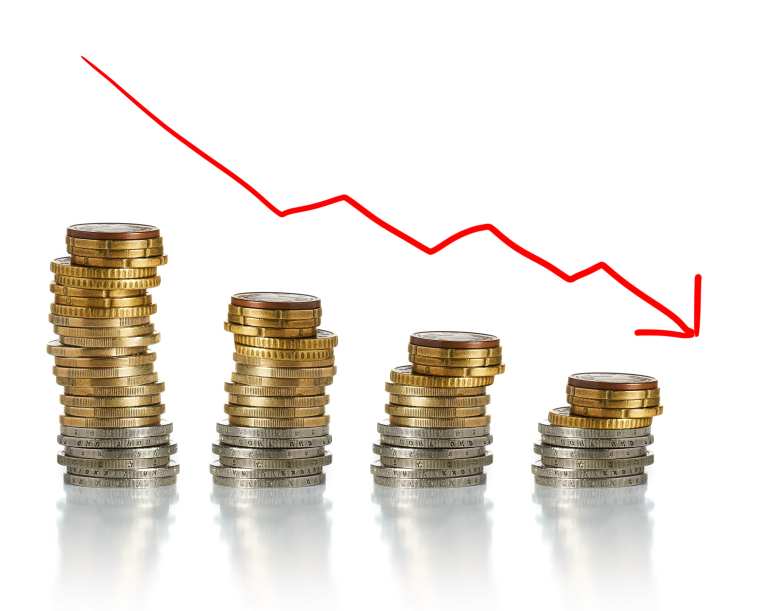
U.S. business loans and capital investment have essentially plateaued in the second half of 2019, in what experts say is a reflection of the slowing industrial economy.
The industrial slowdown crippled markets and made way for big businesses to take advantage of cheap financing deals that were available.
While there was growth in commercial and industrial loans of 1.6 percent by December, resulting in a total of $2.4 trillion, all the growth occurred in the first half of the year. Most of it, too, was at mid-sized and small banks, according to data from the Federal Reserve.
In commercial real estate lending, the number of CRE loans held at larger banks also began to decline. CRE loans can be regarded as business loans by another name, as businesses borrow against their real estate to finance operations.
The general trend is related to the slowing economy, with analysts saying that the year’s decline came from contracting U.S. manufacturing activity for much of the last several months. Trade disputes between the U.S. and China added fuel to the fire, weighing on business sentiment and adding to uncertainty.
JPMorgan Chase Chief Financial Officer Jennifer Piepszak said confidence was improving now as compared to the summer, though cautioning that the U.S. presidential election would add more uncertainty again next year.
There has been minimal growth at the 25 largest U.S. banks this year, with very little capital expenditure (capex) coming through the pipeline, according to bank analyst Brian Klock of Keefe, Bruyette & Woods.
The tariffs and trade tensions in recent months contributed to that, said Brian Foran of Autonomous Research, who said that tariffs weigh more heavily on big companies.
Banks may also be losing some lending opportunities due to the junk bond market, where borrowing costs have fallen and rates of sale are up 60 percent from 2018.
A saving grace for banks has been the “vigorous American consumer,” according to Capital One Chief Executive Richard Fairbank. He said they were trying to remain bullish about getting new customers, and he called the loan delinquencies “strong and stable.”
While he said the growth had slowed since the year began, it was still moving forward at rates of around 4 percent as of November.